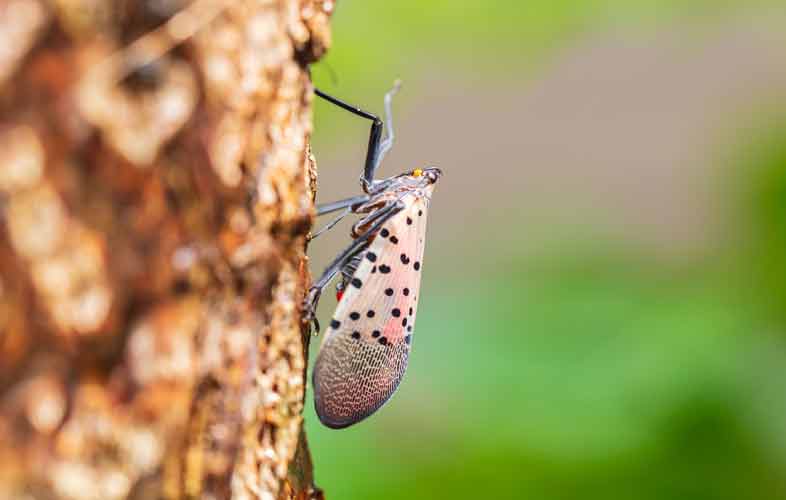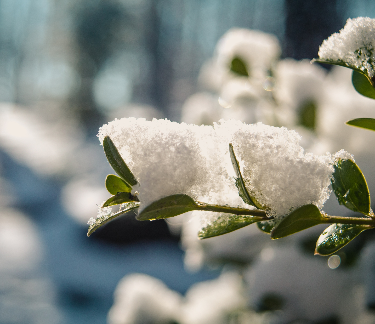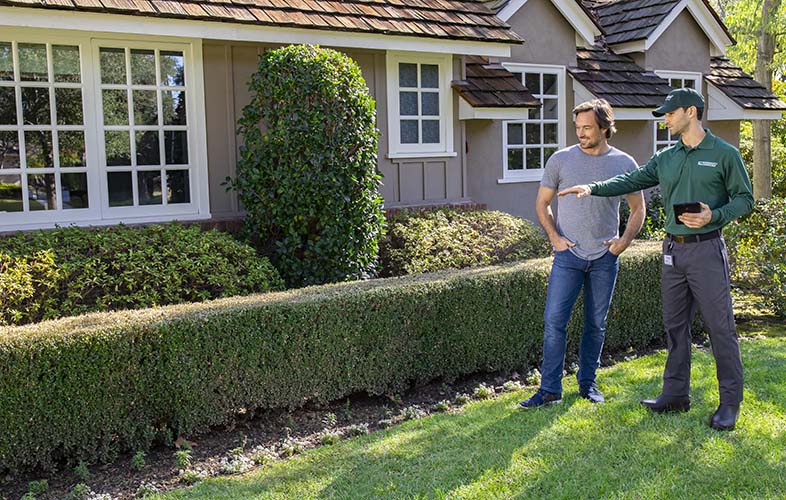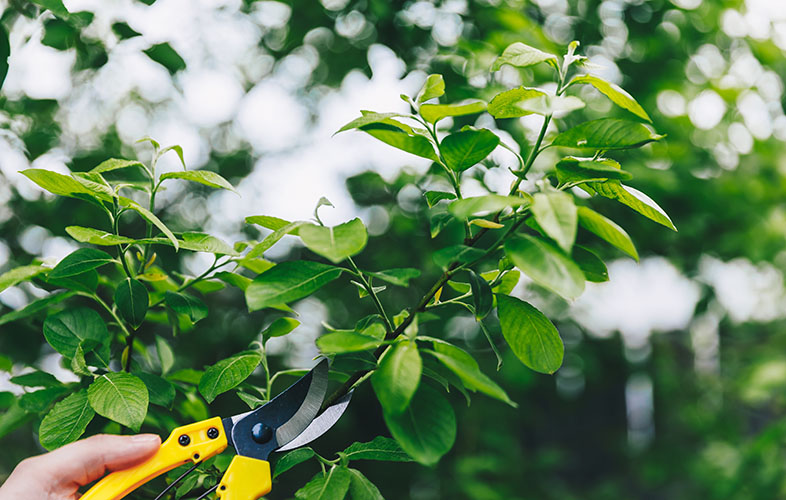The Spotted Lanternfly, mostly prevalent in Pennsylvania summers, is an invasive insect known for causing damage to trees, vines, crops and other types of plants. You can recognize this destructive species by their black heads and black bodies with white dots as nymphs and grayish and red wings covered in black spots as adults. Adults feed on tree trunks and branches while nymphs feed on younger growths, weakening plants and making them prone to lethal diseases and other insects. Like the whitefly, these lanternflies will leave you with a sticky mess that is very difficult to deal with.
We've got the answers to some of the most important questions about spotted lanternflies this fall.
What should homeowners be looking for in the fall?
At this point in their lifecycle, adult spotted lanternflies (SLF), which are uniquely identified by the black and white spots with red patches and an inch-long wingspan, are mating and laying their eggs – which are greyish-brown, seed-like shaped, and arranged vertically on the trees they either prefer to feed on, or closely nearby. Some of their favorite trees on which to feed and lay their eggs on include the tree of heaven, maple and willow. Although known to lay eggs on other structures near their preferred hosts, we recommend homeowners check those trees first if they’re known to be on their property.
Where are SLF eggs typically found?
Female spotted lanternflies lay egg masses in a variety of places near their preferred feeding sites including tree trunks, tree limbs, wood fencing, picnic benches and similar structures. Most eggs are laid rather high in the tree canopy, with less than 5% accessible from the ground. SLF also look to lay eggs in areas that are protected from the weather elements, like on the underside of branches, or protected sides on the tree trunks that are somewhat sheltered from wind and rain.
What should homeowners do when they find SLF egg masses?
If SLF egg masses are already present on a tree, it is best to contact a professional who can then analyze the situation and determine the best treatment for control. At this phase of the lifecycle the best approach will like be to spray horticultural oil directly on the egg masses between now and early spring; this application suffocates the eggs and reduces populations the following spring.
Does scraping egg masses make a significant difference to the overall lanternfly population?
Because most eggs are laid out of reach, scraping eggs has only an incremental impact on controlling the overall population. However, all efforts count. If you do find egg masses you can scrape them off using any straight edged device. It is best to scrape off the eggs into a bag or container filled with rubbing alcohol and shake vigorously, keeping them in solution for several hours. Egg masses can also be scraped to the ground and smashed. However, it is important to note that any eggs that are not smashed can still hatch from the ground. Therefore, make sure to use force when doing so.
Is there a way to eradicate SLF populations?
Currently, there are no significant natural enemies known in the U.S., however predators such as spiders and birds will eat SLF. Therefore, prevention and control throughout their lifecycle will be critical for managing populations. First, make tree trunks inhospitable for laying eggs and feeding by using sticky traps and applying a banded wrap. While this can reduce the SLF population, it does not keep SLF from coming to the tree. And if the SLF is already present (looking ahead to spring time), get in contact with a professional who can determine the appropriate treatment method, products and and frequency of treatments to gain control on your property.
The best treatment for the damage caused by Spotted Lanternflies is to call TruGreen. We’re here to help you prevent this unsightly mess and protect your trees. Our unique five round treatment targets these threatening insects at every stage of their life, saving your property from these pesky pests so you can focus on living life outside. If you have specific questions about what may be happening in your outdoor living space, call us today (800-464-0171) or get a quote.













